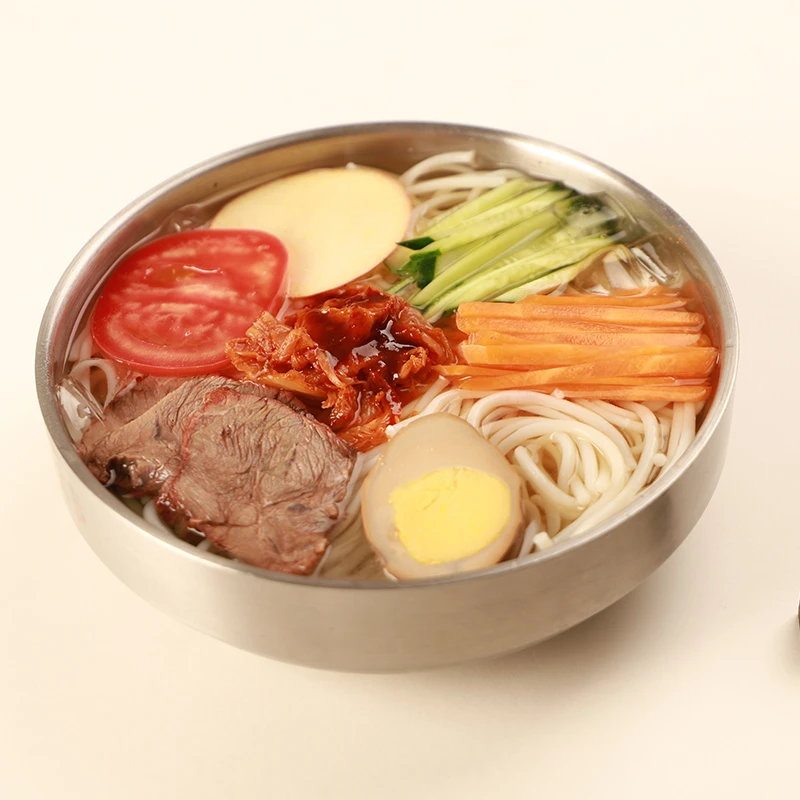japanese noodles packet
The World of Japanese Noodles A Delightful Packet of Culture and Taste
Japanese cuisine is renowned for its rich flavors, unique textures, and beautiful presentations. Among its many culinary gems, noodles occupy a special place, serving not only as a staple food but also as a canvas for creativity and tradition. When you think of the varied world of Japanese noodles, one might instantly conjure images of beautifully packaged noodle packets adorned with colorful graphics and enticing photographs. Let's delve into the art and culture encapsulated in a simple Japanese noodles packet.
A Historical Perspective
The history of noodles in Japan dates back to the 8th century, with early references to a noodle-like dish in historical texts. Initially inspired by Chinese noodle-making techniques, Japanese noodles evolved into distinct varieties, each reflecting regional flavors and ingredients. By the 20th century, instant noodles began to gain popularity, revolutionizing the way people consumed noodles. The invention of the first instant noodle by Momofuku Ando in 1958 marked a significant turning point, making noodles accessible to everyone and leading to the creation of various noodle packets we see today.
The Variety of Japanese Noodles
Japanese noodles come in many forms, including ramen, soba, udon, and somen, each offering a unique taste and texture. Ramen, perhaps the most internationally recognized, is characterized by its wheat noodles served in a rich, flavorful broth, often topped with slices of pork, green onions, and a soft-boiled egg. Soba noodles, made from buckwheat flour, are typically served cold with dipping sauce or in a hot soup, providing a nutty flavor that complements various toppings. Udon, thick and chewy wheat noodles, are perfect for soaking up delicious soups, while somen, ultra-thin strands, are traditionally enjoyed cold in the summer months.
These varieties are often found packaged in attractive containers, with easy-to-follow instructions, attracting both adventurous home cooks and those seeking convenience. The appeal lies not just in the speed of preparation but also in the ability to experience authentic Japanese flavors at home.
The Art of Packaging
The packaging of Japanese noodles is an art form in itself. Designers often incorporate elements of Japanese aesthetics, such as simplicity and harmony, which perfectly align with the country’s culture. Bright colors and intricate illustrations entice consumers, while clear labeling ensures that even a novice can easily identify the type of noodle, the flavor, and the preparation method. Many packets also include additional garnishes or sauces to enhance the dish, making them a complete meal solution in one compact item.
japanese noodles packet

Moreover, sustainability has begun to play an essential role in noodle packaging. As Japanese companies strive to reduce their ecological footprint, many have started using biodegradable materials and innovative designs that minimize waste. This shift not only appeals to environmentally-conscious consumers but also reflects Japan’s rising awareness of sustainability and environmental responsibility.
Cooking with Convenience
One of the greatest joys of a Japanese noodle packet is the convenience it offers. With just a few simple steps—boiling water, adding the noodles, and perhaps including a flavor packet—anyone can enjoy a delicious meal in minutes. This ease of preparation makes it a popular choice for busy individuals, students, and families alike.
Furthermore, the versatility of Japanese noodles allows for endless possibilities. Home cooks can easily add their favorite proteins, vegetables, and seasonings to create a personalized dish that suits their palate. Whether it's a comforting bowl of ramen on a cold winter’s day or a refreshing somen salad in the summer, the combinations are limitless.
Cultural Significance
Japanese noodles are more than just a meal; they embody a deep cultural significance. Traditionally, noodles are associated with long life and good fortune, making them a staple in celebratory meals. During New Year's celebrations, for instance, Toshikoshi Soba (New Year’s Eve soba) is consumed to symbolize the crossing over from one year to the next.
In essence, every packet of Japanese noodles tells a story—a story of history, culture, and community. From the nostalgic memories of sharing a humble bowl of soba with family to the excitement of experimenting with new flavors, Japanese noodles invite us to connect with their roots and explore the diverse culinary landscape that they represent.
Conclusion
In conclusion, a packet of Japanese noodles represents much more than a simple meal. It encapsulates a rich tradition, a variety of flavors, and an aesthetic ethos that celebrates simplicity and beauty. Whether you choose to enjoy them in a quick lunch or as part of an elaborate dinner, these noodles invite everyone to partake in a delightful culinary experience that transcends borders and brings people together. So next time you pick up a Japanese noodles packet, take a moment to appreciate the culture, history, and creativity packed within—it's a delicious journey waiting to be tasted.
-
The Wholesome Delight of Organic NoodlesNewsAug.15,2025
-
The Vibrant Delight of Spinach NoodlesNewsAug.15,2025
-
Savor the Spicy Delight of Hot Pot NoodlesNewsAug.15,2025
-
Savor the Chill with Irresistible Cold NoodlesNewsAug.15,2025
-
Indulge in the Authentic Delight of Udon NoodlesNewsAug.15,2025
-
Dive into the Delicious World of Cart NoodlesNewsAug.15,2025
-
Unlock the Delicious Potential of Yam NoodlesNewsAug.11,2025
Browse qua the following product new the we







